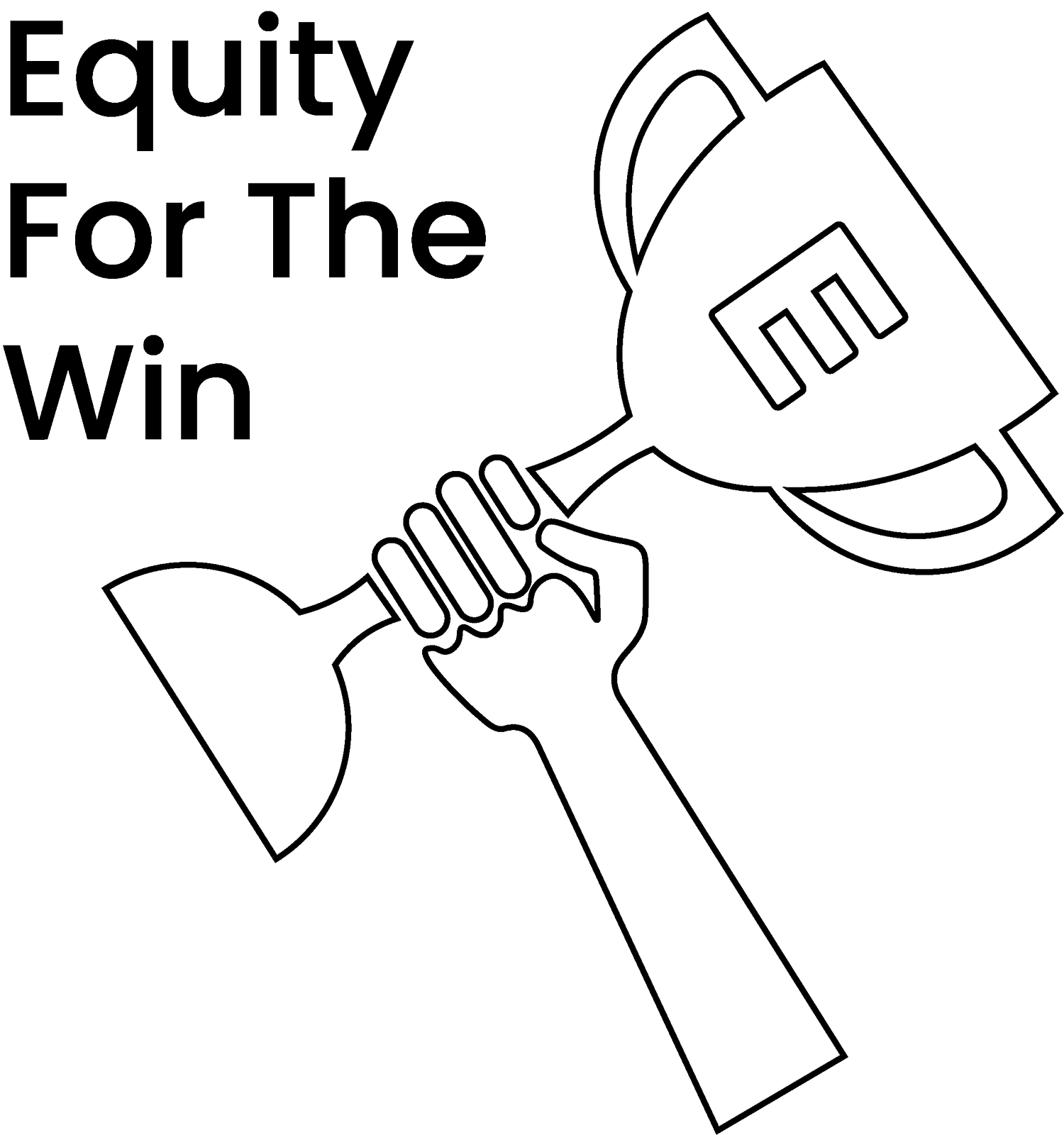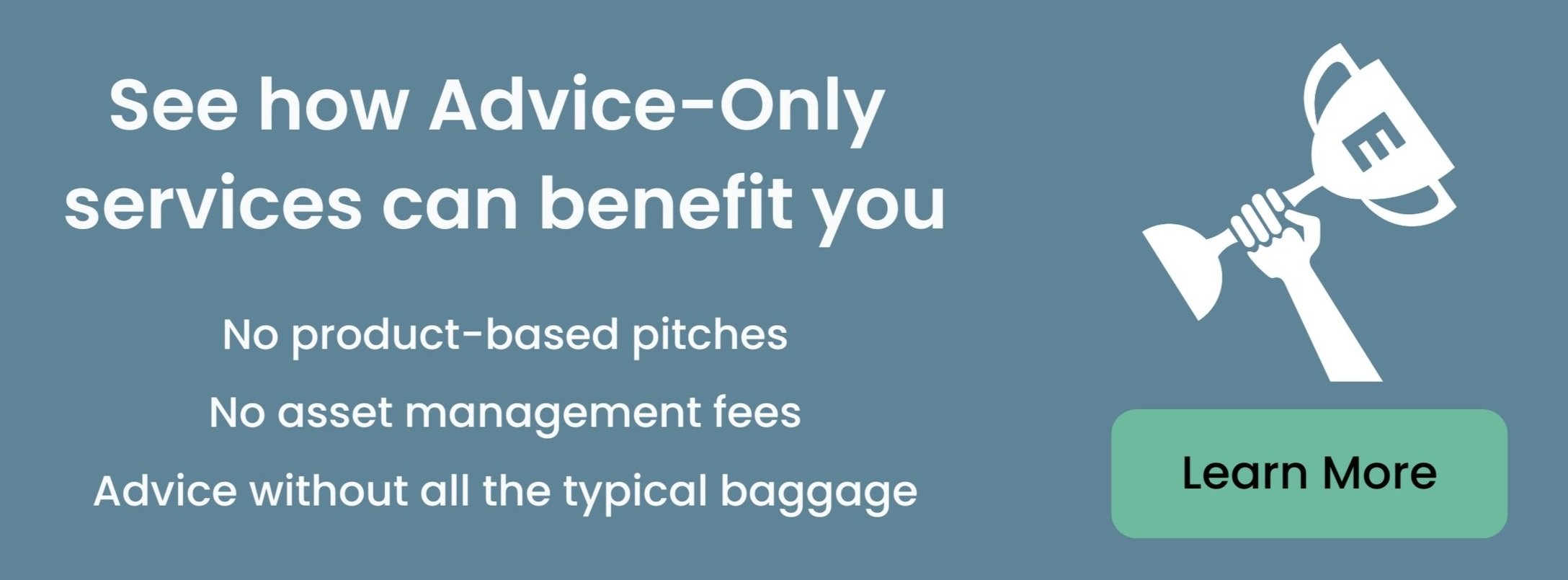How Much Should I Contribute to My ESPP?
Employee Stock Purchase Plans (ESPPs) give employees the ability to purchase company stock at a discount. When used properly, ESPPs can boost your net worth and provide you with essentially free money, which is why we’ve written this article to help you get to the bottom of just how much you should contribute to your ESPP.
Determining how much you should contribute to your ESPP will depend on your individual situation so the purpose of this article is to provide you with information and various scenarios to help you arrive at how much you should be contributing to your ESPP.
In addition to this article, we recommend reading our articles covering ESPP Basics and When You Should Sell ESPP Shares.
Tips to Determine How Much to Contribute to Your ESPP
In order to determine what contribution amount will be best for you, you’ll want to review your bank accounts, credit cards, and investment accounts to get a full picture and understanding of your current financial state. You’ll also want to know a few things about your employer and the financial benefits they offer their employees.
Here’s a brief list of things you’ll want to gather when trying to determine your ESPP contribution amount:
Personal Balance Sheet
Total amount of debt you have (credit cards, student loans, cars, etc.)
Total amount of expenses you pay every month
Total amount of savings you have
Total amount of investment accounts
Total amount of company stock you already own
Employer Information
Do they provide a 401(k)?
Do they provide a match to your 401(k)?
What is the discount percentage for the ESPP
Situation 1: You Have Credit Card Debt
If you have credit card debt and are choosing between contributing to your ESPP or paying down your credit card balance, the answer will almost always be to pay off your credit card first before contributing anything to your ESPP.
The reason for this is that interest from credit cards accumulates extremely quickly and will typically outpace what you’ll earn from investing in your company’s ESPP.
Here’s an example of why:
The average credit card interest rate is about 18%. The average US credit card holder carries $6,000 worth of credit card debt each month.
To figure out the rough math of how much interest accrues on your credit card, you take 18% divided by 12 (months), to get 1.5%. Then you take that 1.5% multiplied by the $6,000 debt balance.
With this example, you’ll accrue $90 a month in interest. Assuming no compounding interest and no payments, this will total $1,080 a year in growing debt.
If you compare that to an ESPP, you’re usually guaranteed a discount between 5% to 15%. Obviously, 15% is less than 18% so you’re probably thinking, “yeah that’s a worse deal.” And you’re right, but it gets worse than that 3% difference since you need to think about taxes.
To do this, you’ll take the discount of 15% multiplied by (1 - your tax rate, let’s say 22%).
15% x 0.78
This would equal an after-tax discount of 11.7%, which makes the deal even worse.
Technically there’s a decent chance that your discount can be greater than 15% through your ESPP, but if you’re carrying a credit card balance, you aren’t in a position to be taking that risk.
Situation 2: You Have Student Debt and/or a Car Loan
Many new graduates who enter the workplace for the first time are (understandably) excited about the opportunity to take advantage of their company’s ESPP. It can be challenging to figure out how much money should go toward paying off student loan debt and/or a car loan vs investing in your ESPP and 401(k). (The reason Car Loans are looped in here with Student Loans is because their interest rates are often pretty comparable to each other.)
Your goal should be to pay these off quickly, however if your interest rate is in the 2-6% range, it probably makes sense to contribute to your ESPP since you’ll be able to get a discount that’s greater than the interest rate you’re being charged on your loans. You’ll probably want to sell your ESPP shares immediately after purchasing them, but this will give you some extra cash to put towards those debts.
As you make decisions about how much to contribute to your company’s ESPP, we suggest that you consider following the steps in this saving path:
Establish emergency of 3-6 months of expenses (online savings like Discover and Ally have really great rates nowadays)
Contribute to your 401(k) up to the maximum employer match
Contribute what you can to your ESPP
Contribute all the way up to the max you can to your ESPP
Contribute the max you can to your 401(k)
Once you’ve accomplished the first two steps, you’ll want to put in whatever you can to your ESPP without causing you to be strapped for cash. The max contribution is $25k, but sometimes employers will put a cap on salary that can go toward your ESPP.
If you haven’t ever contributed to your company’s ESPP before, you may feel more comfortable selecting a smaller percentage of your pay (maybe 1-5% of your salary). This will help you get acquainted with how ESPPs work and will give you confidence to increase the percentage at the next offering.
Situation 3: You Have Some Small Debt/No Debt, But Also Don’t Have Much in Savings
This situation follows a similar savings path as Situation 2; however, since you don’t have debt you’ll likely have a bit more wiggle room in your options.
If you don’t have much money in a savings account, the priority should be to save enough money to cover 3-6 months worth of expenses.
To do this you can:
Save money directly from your paycheck.
Max out whatever you can to your ESPP (Assuming you can still pay your bills), then once you purchase stock at a discount, immediately sell what you purchased to fund your savings/emergency fund. Since you can purchase stock at up to a 15% discount, you can use that discount to take advantage of free money.
The amount that should be put into the ESPP for this category can vary based on what your employer lets you contribute, from a small percentage all the way up to the max.
Our recommendation is that if you can max your ESPP, you should max it. You don’t have to keep what you buy forever, but you should at least buy and sell to take advantage of the discount.
Situation 4: You Have Savings Built Up, No Debt, But Money Is Tight
Budgets are can be tight for many reasons. Even if you don’t have debt payments, budgets can be tight due to housing costs, (particularly if you are living in an area in which the cost of living is high), healthcare/prescription costs, childcare, insurance and utility payments, food, clothing, and other necessary expenses.
If you’re in this category, you will want to (1) contribute to your 401(k) up to your employer match and then (2) if you can afford it, contribute what you can to your ESPP without having a negative monthly cash flow.
There are companies out there like Lendtable that help you maximize your ESPP savings even if cash is tight. They aren’t free, but if it means more money in your pocket then it’s usually a positive thing.
Situation 5: You’re Saving Money Every Month and Saving Into Your 401(k)
If you’ve got your debts covered, you’re saving money every month, and you’re saving into your 401(k), then you should try to maximize your ESPP contributions.
We’ve provided some examples of the benefits in our ESPP Basics article, but maxing out your ESPP will give you an excellent opportunity to grow your own net worth along with your company. And if you want, you can sell your shares immediately after buying to then invest in other companies.
Situation 6: You’re Maximizing My 401(k) and Saving Money on the Side
If you’re in this category, you’ll want to maximize every savings vehicle you can. We’d recommend maximizing your ESPP sometimes even before maximizing your 401(k).
The percentage will vary, but you’ll want to maximize your ESPP contributions however you can.
Note: If you have the ability to max out an HSA or Roth IRA, those should be priorities as well. When possible, you should consider maxing those out in addition to maximizing your ESPP savings. It depends on the person, but typically Roth IRA should be prioritized first, followed by equally-prioritized contributions to your ESPP and HSA. If you have a killer ESPP, sometimes the ESPP should be the priority over any other vehicle.
Conclusion - How Much Should I Contribute to My ESPP?
If you’re able to, our recommendation is to max out your ESPP to take advantage of the full discount. Even if you're currently unable to max out your ESPP, put in what you can, and use the ESPP to help you save.
The discounts provided by an ESPP create exciting, one-of-a-kind opportunities to help you achieve your financial goals. We encourage you to make the most of them. Even if you sell your ESPP shares shortly/immediately after purchase through an ESPP Disqualifying Disposition, you’ll be able to lock in a pretty substantial gain that you can use for other important things.
If you have any questions regarding your particular situation, we’re happy to chime in with an unbiased opinion. Please reach out to team@equityftw.com if that’s you.


